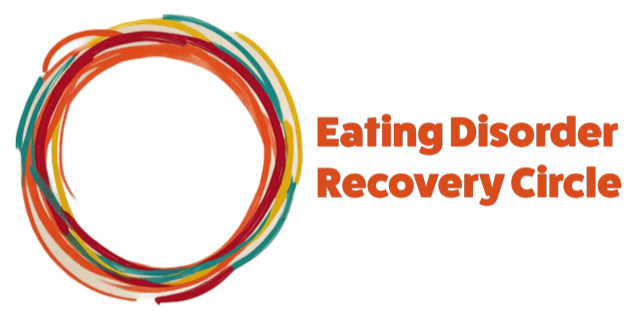I Feel Anxious
The Science of Anxiety:
Anxiety activates the amygdala, your brain’s fear centre, which sends signals to release adrenaline and cortisol. These stress hormones prepare your body for action, creating physical sensations like a racing heart, shallow breathing, or muscle tension. While this response is meant to protect you, it often kicks in unnecessarily. Grounding techniques and self-soothing can help calm the amygdala and shift your brain back into a state of safety and balance.
Why Anxiety Happens in Recovery:
- Fear of the Unknown: Recovery involves stepping into unfamiliar territory, which can trigger worry or fear.
- Letting Go of Control: Challenging rigid habits or beliefs can leave you feeling vulnerable.
- Body Changes: Adjusting to physical changes during recovery can heighten anxiety.
- Perfectionism and Expectations: Anxiety often arises when you feel pressure to ‘get it right’ or fear making mistakes.
What Anxiety Means:
Anxiety is your body’s way of saying, “I’m trying to keep you safe.” While it can feel overwhelming, it’s also an opportunity to slow down, listen to your needs, and respond with care. Anxiety doesn’t mean you’re failing—it’s a sign that you’re stepping outside your comfort zone, which is a natural part of growth.
Step-by-Step Guide to Recognising and Soothing Anxiety:
- Acknowledge the Anxiety:
- Say to yourself:
- “I feel anxious right now, and that’s okay.”
- “This is my body trying to protect me.”
- Name the Fear:
- Ask yourself:
- “What am I afraid of in this moment?”
- “Is this fear based on reality, or is it a story I’m telling myself?”
- Ground Yourself:
- Use grounding techniques to bring yourself back to the present:
- 5-4-3-2-1 Exercise: Name 5 things you see, 4 you can touch, 3 you hear, 2 you smell, and 1 you taste.
- Deep breathing: Inhale for 4 counts, hold for 4, exhale for 6.
- Reassure Yourself:
- Repeat affirmations like:
- “I am safe in this moment.”
- “I can handle what’s ahead, one step at a time.”
- Take a Small Action:
- Anxiety often thrives in inaction. Choose one small, manageable step to address what’s making you anxious, like writing down your thoughts, preparing a meal, or asking for support.
- Practice Self-Compassion:
- Remind yourself:
- “It’s okay to feel anxious. I’m allowed to take things at my own pace.”
- “This feeling doesn’t define me—it’s something I can move through.”
How to Work With Anxiety in Recovery:
- Focus on What You Can Control: Shift your attention to things within your influence, like your next meal, rest, or reaching out for support.
- Let Go of Perfectionism: Remind yourself that recovery is messy, and that’s okay.
- Lean Into Support: Share your feelings with someone you trust—a friend, coach, or recovery group. Connection often eases anxiety.
Your Affirmation For Today
When anxiety takes hold, it often tricks you into believing that you’re in immediate danger or that the challenges ahead are too overwhelming to face. This affirmation gently reminds you that you are safe right now, in this moment, helping to calm your amygdala and shift your focus back to the present.
The second part, "I can handle what’s ahead, one step at a time," encourages you to break down overwhelming tasks or fears into smaller, manageable actions. It emphasises your ability to move forward, no matter how slowly, and reassures you that you don’t need to solve everything at once.
By repeating this affirmation, you give yourself permission to pause, breathe, and take recovery at a pace that feels safe and achievable, reminding yourself that anxiety is not a barrier—it’s a signal that you can respond to with care and compassion.

Meditation
Find a comfortable, quiet place, where you won't be disturbed for the next 10 minutes.
Give yourself this time to put headphones on and disappear into this guided meditation.

Next Step
Journal Prompt:
- Reflect on a recent moment of anxiety. Ask yourself:
- What was I feeling anxious about?
- Was my fear based on reality or assumption?
- What small step helped me feel calmer?

